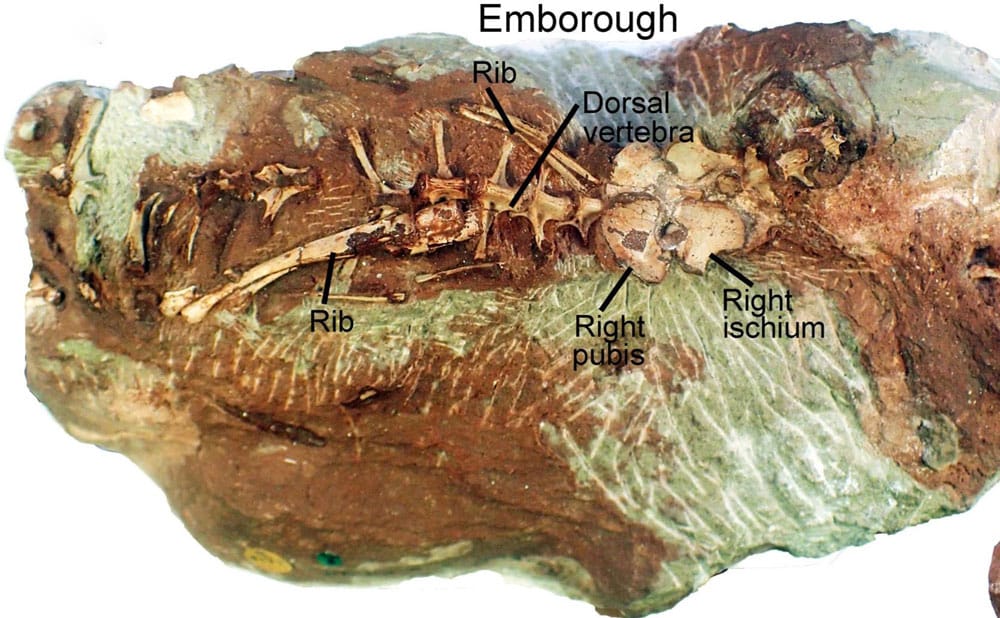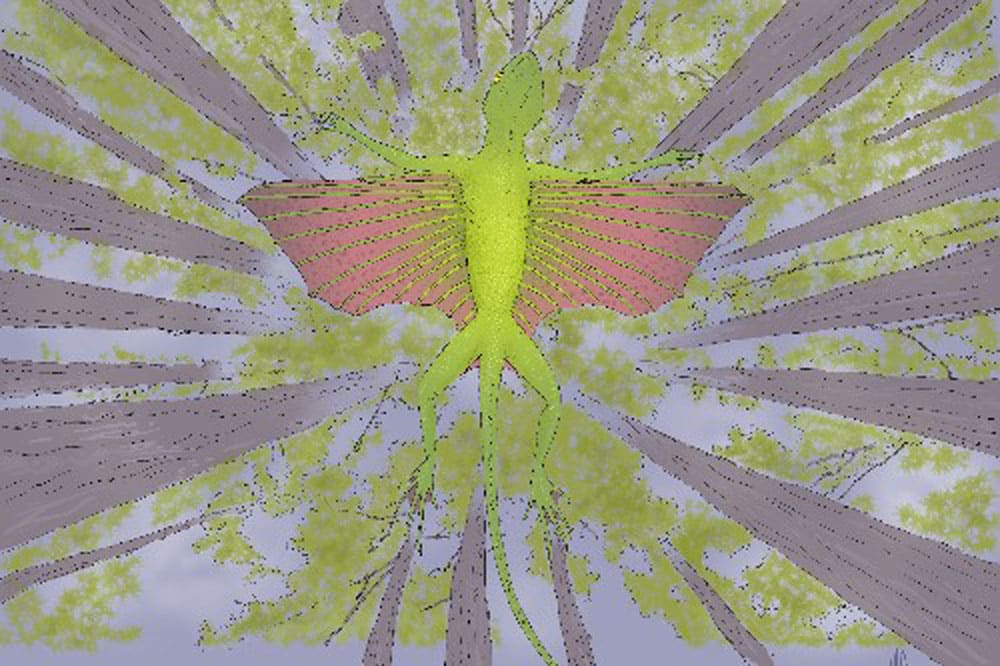The animal, called Kuehneosaurus latus, is more closely related to crocodilians and dinosaurs than lizards..
Mike Cawthorne, a University of Bristol in England, masters student has discovered the fossils of a 200 million year old gliding reptile, similar to that of the Draco lizard species that occurs in Southeast Asia.
Cawthorne was studying fossils from limestone quarries in what was a subtropical island 200 million years ago when he made the discovery. That island is called the Mendip Palaeo-island.
Gliding Geckos Smash Into Tree Trunks Head First Then Stabilize Using Their Tails
How The Paradise Flying Snake Glides Through The Air Like An Eagle In Flight
The reptiles, called Kuehneosaurus latus and Kuehneosuchus latissimus, are more closely related to crocodilians and dinosaurs than lizards. They were small and there were two species at the time, one that had large wings and another that had short wings. The wings were made of a layer of skin that stretched over their long side ribs, which gave them the capability to soar from tree to tree, much like the Draco species of today.

Cawthorne, along with Dr. David Whiteside and Prof. Mike Benton of the university’s School of Earth Sciences, published january 24, 2024 a research paper detailing the findings in Proceedings of the Geologists’ Association.
“It took a lot of work identifying the fossil bones, most of which were separate and not in a skeleton. “However, we have a lot of comparative material, and Mike Cawthorne was able to compare the isolated jaws and other bones with more complete specimens from the other sites around Bristol, Benton said in a news release put out by the university.
“He has shown that the Mendip Palaeo-island, which extended from Frome in the east to Weston-super-Mare in the west, nearly 30 km long, was home to diverse small reptiles feeding on the plants and insects.”
“He didn’t find any dinosaur bones, but it’s likely that they were there because we have found dinosaur bones in other locations of the same geological age around Bristol.”
The paper, “Latest Triassic terrestrial microvertebrate assemblages from caves on the Mendip palaeoisland, S.W. England, at Emborough, Batscombe and Highcroft Quarries” can be read on the Proceedings of the Geologists’ Association website.


